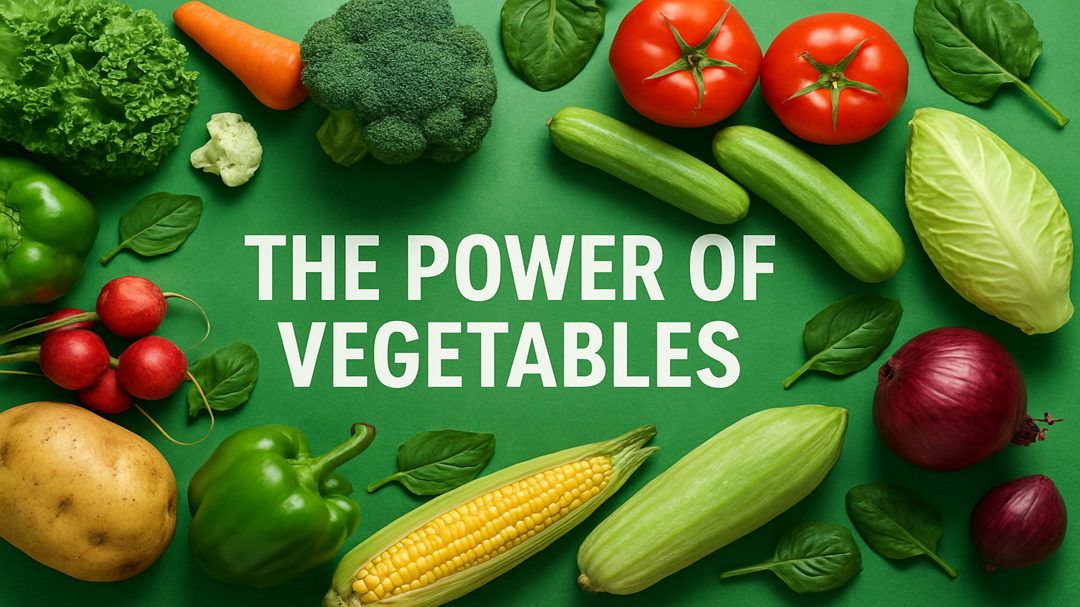**ENG**
Good morning everyone, in this column we will discover together the nutritional power of the most common vegetables, also revealing the most fascinating curiosities. If you are interested in natural medicine or want to learn more, I invite you to follow my Hive profile. That said, let's get started!

image created with canva.com
The small turnip is an often underestimated vegetables but with great nutritional value and with remarkable beneficial properties. Belonging to the Brassicaceae family, such as cabbage and cauliflower, Rapanello is a crunchy root and pungent flavor that lends itself to numerous culinary preparations, especially raw in salads, but also cooked in some cases.
From a nutritional point of view, it is a low calorie food - about 15 calories per 100 grams - and with a high water content, which makes it particularly refreshing and light. It is rich in vitamin C, a powerful antioxidant that strengthens the immune system, helps to fight free radicals and supports the health of the skin. In addition, it contains small quantities of vitamins of group B, useful for energy metabolism, and important minerals such as potassium, calcium and iron.
Another interesting aspect is the presence of phytochemical compounds called glucosinolated, which during chewing are transformed into isotiocianati, molecules that favor anti -inflammatory and antibacterial activity and can help prevent some chronic diseases. The present food fiber supports intestinal regularity and contributes to keeping the levels of cholesterol and glucose in the blood under control.
Five curiosities about the small turnip:
Rapanello has a spicy flavor due to glucosinolates: these chemicals are responsible for the characteristic pungent and slightly spicy taste, similar to that of horseradish or mustard.
There are varieties of rapanelli of different colors: in addition to the classic red rapanello, there are white, purple and pink varieties, each with a slightly different and a decorative -aspect of nutrients.
It was traditionally used as a natural remedy: in some cultures it was used to stimulate digestion, encourage diuresis and relieve respiratory disorders thanks to its anti -inflammatory properties.
It is an ideal food for purifying diets: thanks to its diuretic and purifying effect, Rapanello helps to eliminate toxins and improve renal function.
It grows quickly: it is one of the easiest and faster vegetables to grow, often ready for the harvest in less than a month, which makes it popular even in domestic gardens.
**ITA**
Buongiorno a tutti, in questa rubrica andremo a scoprire insieme il potere nutrizionale delle verdure più diffuse, svelandone anche le curiosità più affascinanti. Se ti interessa la medicina naturale o vuoi approfondire ti invito a seguire il mio profilo Hive. Detto questo, partiamo !

image created with canva.com
Il ravanello è una verdura spesso sottovalutata ma dal grande valore nutrizionale e dalle proprietà benefiche notevoli. Appartenente alla famiglia delle Brassicaceae, come il cavolo e il cavolfiore, il rapanello è una radice croccante e dal sapore pungente che si presta a numerose preparazioni culinarie, soprattutto crude nelle insalate, ma anche cotto in alcuni casi.
Dal punto di vista nutrizionale, è un alimento a basso contenuto calorico — circa 15 calorie ogni 100 grammi — e con un alto contenuto di acqua, che lo rende particolarmente dissetante e leggero. È ricco di vitamina C, un potente antiossidante che rafforza il sistema immunitario, aiuta a combattere i radicali liberi e sostiene la salute della pelle. Inoltre, contiene piccole quantità di vitamine del gruppo B, utili per il metabolismo energetico, e minerali importanti come potassio, calcio e ferro.
Un altro aspetto interessante è la presenza di composti fitochimici chiamati glucosinolati, che durante la masticazione si trasformano in isotiocianati, molecole che favoriscono l’attività antinfiammatoria e antibatterica e possono aiutare a prevenire alcune malattie croniche. La fibra alimentare presente supporta la regolarità intestinale e contribuisce a mantenere sotto controllo i livelli di colesterolo e glucosio nel sangue.
Cinque curiosità sulla piccola rapa:
Il ravanello ha un sapore piccante dovuto ai glucosinolati: queste sostanze chimiche sono le responsabili del caratteristico gusto pungente e leggermente speziato, simile a quello del rafano o della senape.
Esistono varietà di rapanelli di diversi colori: oltre al classico rapanello rosso, si trovano varietà bianche, viola e rosa, ognuna con un profilo di nutrienti leggermente differente e un aspetto decorativo.
è stato usato tradizionalmente come rimedio naturale: in alcune culture veniva impiegato per stimolare la digestione, favorire la diuresi e alleviare disturbi respiratori grazie alle sue proprietà antinfiammatorie.
È un alimento ideale per diete depurative: grazie al suo effetto diuretico e depurativo, il rapanello aiuta a eliminare le tossine e a migliorare la funzione renale.
cresce rapidamente: è una delle verdure più facili e veloci da coltivare, spesso pronto per il raccolto in meno di un mese, il che lo rende popolare anche negli orti domestici.
Sources - Fonti :
https://www.my-personaltrainer.it/benessere/ravanello.html
https://www.humanitas.it/enciclopedia/alimenti/verdure-ortaggi-e-tuberi/ravanello/
Small turnip - The power of vegetables
@ghilvar
· 2025-07-30 15:01
· Olio di Balena
#ita
#eng
#health
#nature
#turnip
#oliodibalena
Payout: 0.000 HBD
Votes: 73
More interactions (upvote, reblog, reply) coming soon.